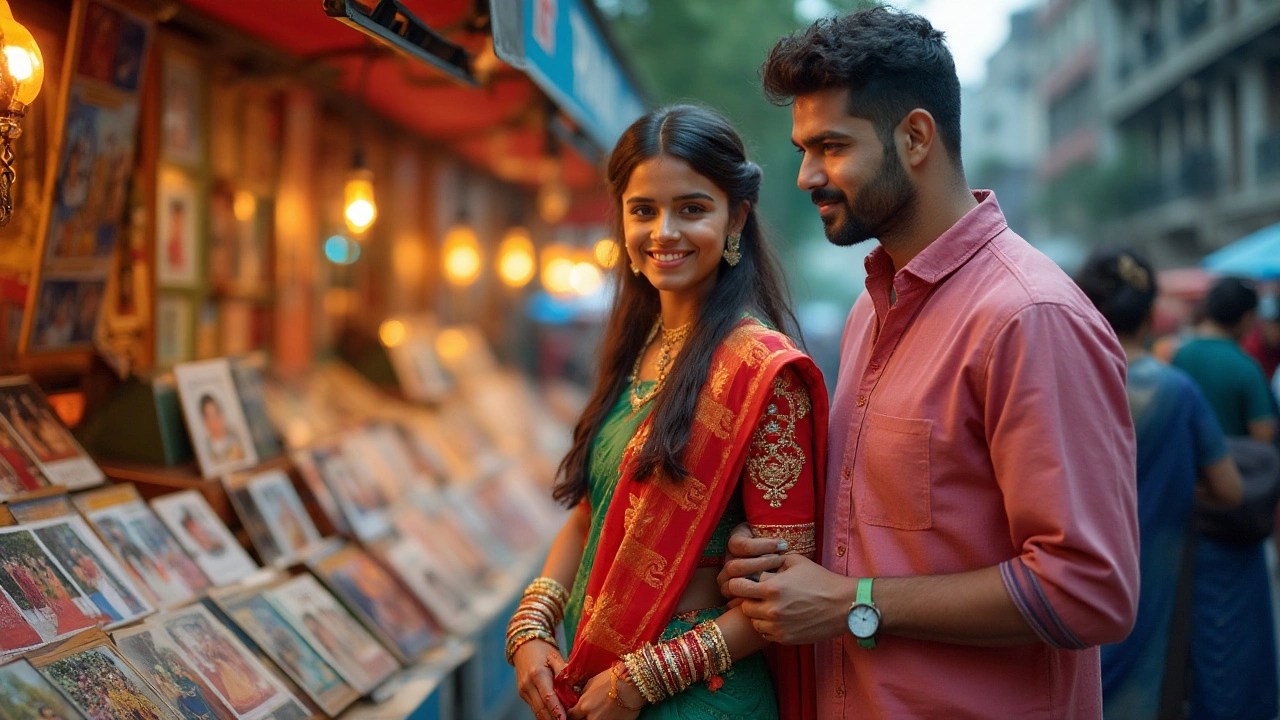Cost Distribution – Where Your Money Actually Goes
Ever looked at a quote and wondered why the numbers add up the way they do? It’s all about cost distribution – the way a service splits its price into parts like labor, material, equipment and profit. Knowing the breakdown helps you compare offers, negotiate better and stop over‑paying.
Photography Cost Breakdown
When you hire a photographer, the price isn’t just the snap‑shots. Most Indian photographers split the cost into a few buckets:
- Pre‑shoot planning: location scouting, mood boards and client meetings. This can be 10‑15% of the total.
- On‑site work: the photographer’s time, assistants, lighting gear and travel. Expect 40‑50%.
- Post‑production: editing, color correction and retouching. Usually 20‑30%.
- Deliverables: prints, digital files or albums. This is the remaining 10‑20%.
For example, a ₹10,000 wedding package might allocate ₹1,500 to planning, ₹5,000 to shooting, ₹2,500 to editing and ₹1,000 to prints. Seeing it this way lets you ask the photographer which part can be trimmed if you’re on a budget.
Printing and Photo‑Service Costs
Printing a photo looks simple, but the price stacks up quickly. Typical cost distribution for a 10 × 15 cm print includes:
- Paper or canvas: 30‑40% – quality matters, so cheap paper will lower this slice.
- Ink or toner: 20‑25% – high‑resolution colors need more ink.
- Machine wear and electricity: 15‑20% – the printer’s depreciation and power usage.
- Labor: 10‑15% – loading, quality check and packaging.
- Profit margin: 5‑10% – the shop’s earnings.
If you order 50 prints at once, the labor and profit percentages often drop because the shop spreads fixed costs over more units. That’s why bulk orders are cheaper per piece.
Another common hidden fee is “file preparation.” Some labs charge extra to resize or color‑balance your image before printing. Ask if this is included in the quoted price.
Beyond photo prints, services like photo books and canvas wraps follow similar patterns – material (paper or canvas) takes the biggest chunk, while design software licensing and staff time fill the rest.
Understanding these slices helps you decide where to save. Want lower cost? Choose a less glossy paper or print fewer colors. Want premium quality? Expect a higher share for material and ink.
Construction and Other Service Costs
Even building stuff follows cost distribution. A typical RCC pillar in India breaks down as:
- Materials (cement, steel, sand, gravel): 60‑70%.
- Labor: 20‑25% – skilled masons, helpers and site supervisors.
- Equipment rental: 5‑10% – mixers, hoists and formwork.
- Overheads & profit: 5‑10% – permits, transport and contractor margin.
Seeing the split lets you spot inflated material costs or unnecessary labor charges. If a contractor’s quote shows 80% material, ask for a detailed receipt.
Cost distribution isn’t a secret formula; it’s a practical way to compare any service. Pull the numbers, ask for a breakdown and you’ll spot where you can cut or where you should pay for quality.
Next time you get a quote – for a photoshoot, a print batch or a construction job – request the cost distribution. You’ll feel more in control, and you’ll avoid surprise fees that bite your budget.
